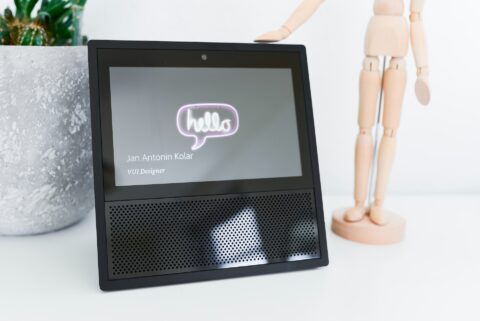- Home
- Collective
- Emerging User Experience Design Trends
Emerging User Experience Design Trends
Shaping the Future of Digital Interfaces
User Experience (UX) Design is constantly evolving, with new trends emerging to address the ever-changing needs and expectations of users. Staying up-to-date with these trends is crucial for designers, developers, and businesses looking to create engaging and effective digital interfaces. In this article, we will explore some of the most prominent UX design trends shaping the future of digital experiences.
Personalization and Customization
As users increasingly demand personalized experiences, UX designers are focusing on creating interfaces that adapt to individual preferences and usage patterns. This includes leveraging AI and machine learning to analyze user behavior, developing customizable interface elements, and offering tailored content recommendations. By providing personalized experiences, designers can improve user engagement, satisfaction, and loyalty. Additionally, personalized interfaces can cater to users’ emotional needs and enhance the overall user experience, creating a more meaningful connection between users and digital platforms.

Voice User Interfaces (VUIs)
Voice user interfaces are becoming more prevalent, as voice assistants like Siri, Alexa, and Google Assistant continue to gain popularity. UX designers are now exploring ways to create seamless and intuitive voice interactions, focusing on natural language processing, contextual understanding, and user-friendly conversational flows. Designers are also investigating multi-modal interactions that combine voice, touch, and gesture inputs, offering users more flexibility and convenience in how they interact with digital platforms.
Voice User Interfaces are transforming the way users interact with products, providing a more natural and intuitive means of communication compared to traditional input methods.
When designing VUIs, it is essential to consider factors such as voice recognition accuracy, user privacy, and the integration of visual and auditory feedback. UX designers must also take into account the unique challenges that come with voice interactions, including accommodating various accents, dialects, and speech patterns, as well as designing for noisy or unpredictable environments. By carefully considering these factors and focusing on creating intuitive, easy-to-use voice interfaces, designers can offer users a more engaging, hands-free experience that caters to a wide range of needs and preferences. As VUI technology continues to advance, we can expect to see even more innovative applications and opportunities for voice-driven interactions in the world of UI design.
Inclusive and Accessible Design
Inclusive and accessible design is a trend that focuses on creating digital experiences that are usable by people with varying abilities and backgrounds. This involves considering factors like color contrast, typography, keyboard navigation, and screen reader compatibility. By prioritizing accessibility, designers can ensure that their interfaces cater to a diverse range of users, promoting digital inclusion and equality. Furthermore, incorporating inclusive design principles from the outset helps create more usable and user-friendly interfaces for all users, regardless of their abilities, ultimately leading to a more successful and engaging digital experience.
Ethical Design and Privacy
As concerns around data privacy and security grow, UX designers are increasingly focusing on ethical design principles. This involves creating transparent and user-centric privacy policies, providing clear consent mechanisms, and designing interfaces that prioritize user trust and safety. By adopting ethical design practices, designers can help users feel more in control of their personal information and foster a sense of trust in digital platforms. Additionally, ethical design encourages designers to consider the potential consequences and impacts of their work on users, ensuring that digital experiences are not only visually appealing but also responsible and user-focused.
The field of User Experience Design is constantly evolving, with new trends emerging to address the changing needs and expectations of users. By staying informed of these trends and integrating them into their design practices, UX professionals can create digital interfaces that are engaging, effective, and future-proof. Embracing personalization, voice interfaces, inclusive design, and ethical design principles will not only drive innovation in the industry but also lead to more user-centered digital experiences that meet the diverse needs of today’s users.
Related Articles
Understanding User Interface (UI)
July 10, 2024
Cognitive Fluency: Enhanced User Experience (UX)
July 10, 2024
Early Stage Prototyping in UI/UX Design
July 9, 2024



